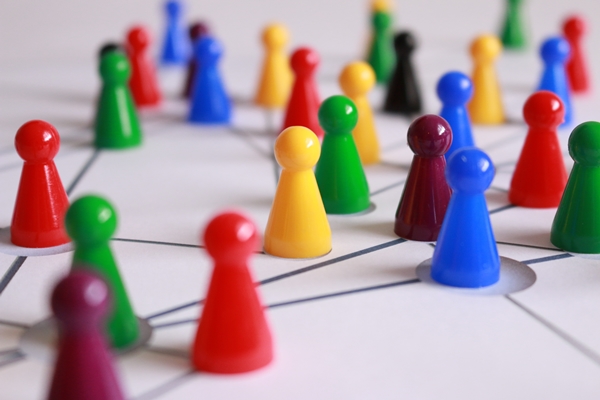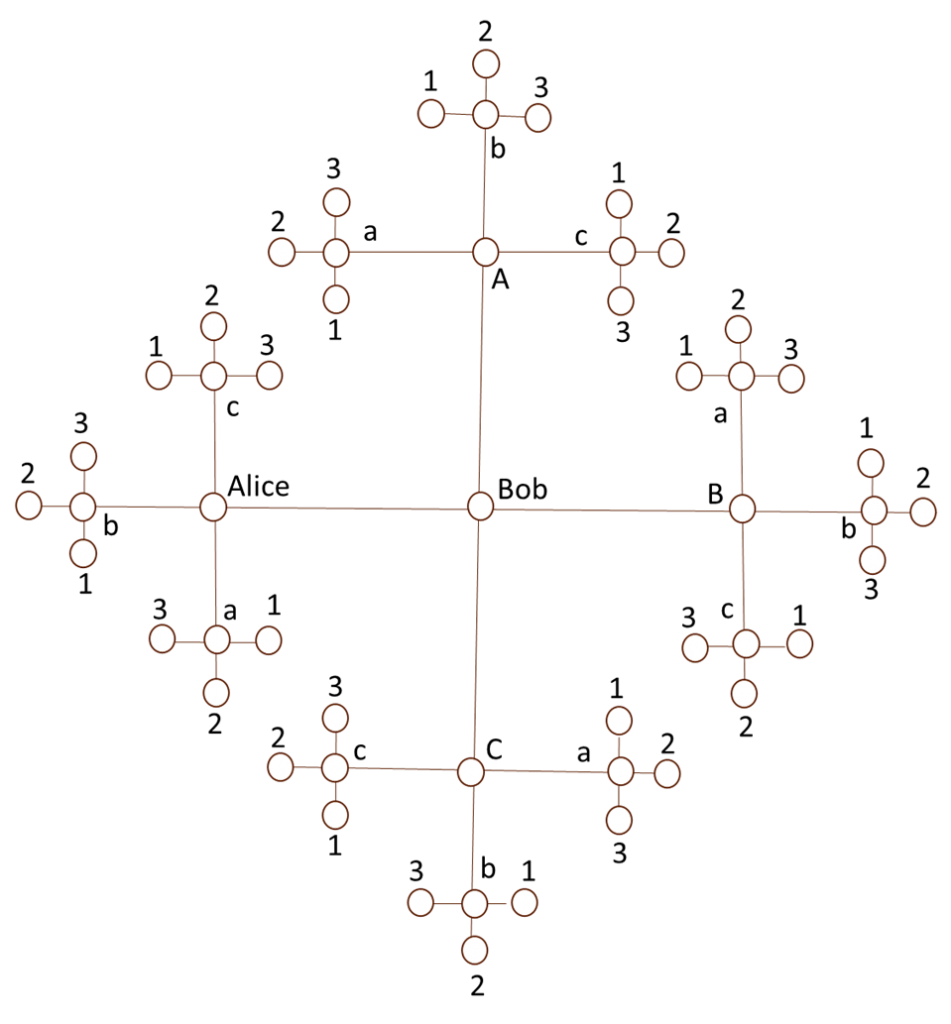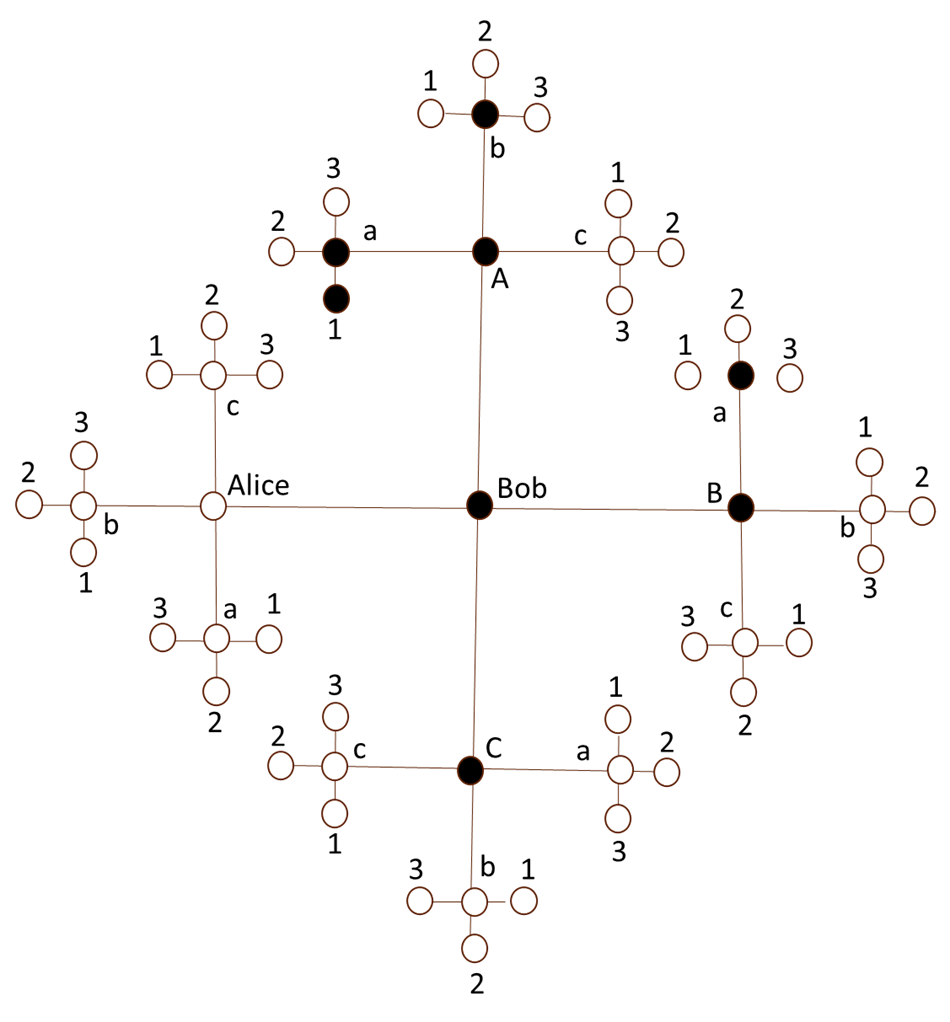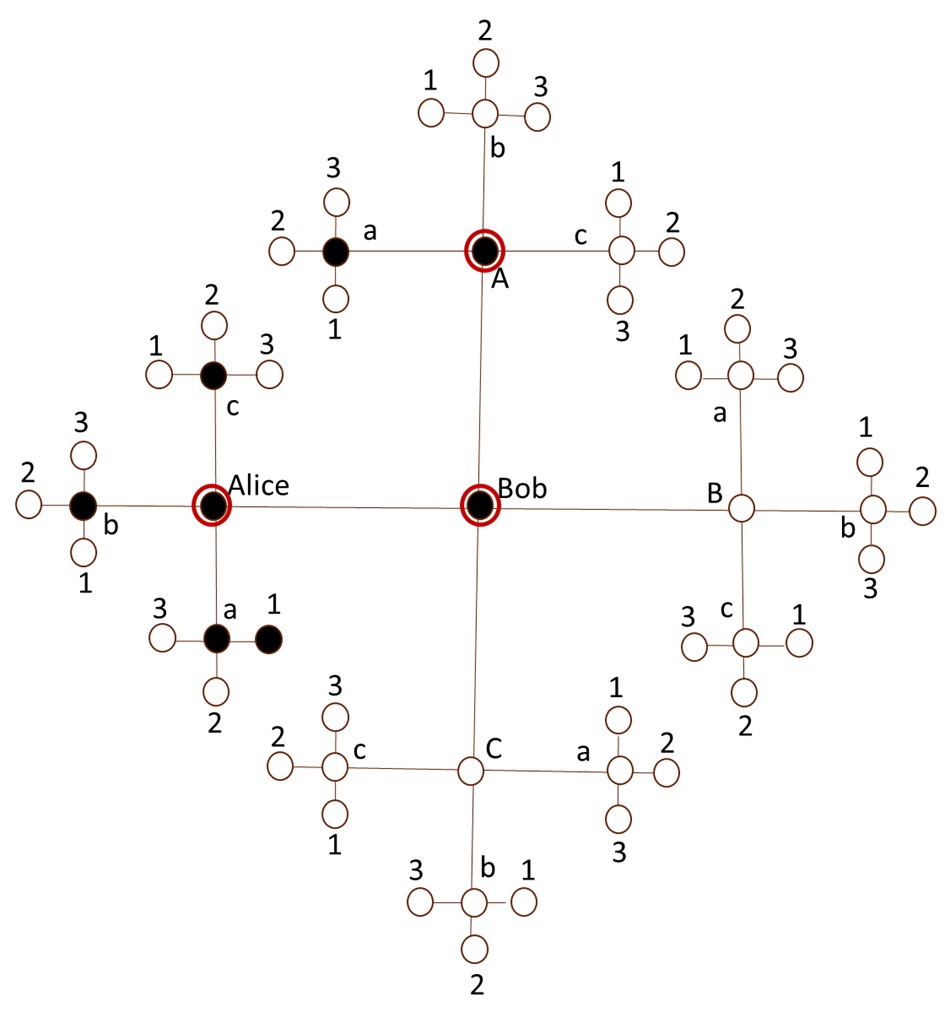– Contributed content –
Michael Arneson, CEO, Matrics2, Inc.
Dr. William Bandy, CSO, Matrics2, Inc.
8 May 2020. Under mounting pressures states are starting to open their economies with no more of a plan than “keeping fingers crossed” while news media continue to pound on contact tracing applications, that could help keep COVID-19 under control, because of privacy issues. Can technology deliver a solution that is both acceptable and provides a game change for stopping the spread of COVID-19? Matrics2 thinks the answer is yes, but the reasoning gets a bit technical. The full white paper explaining the approach is posted on www.Matrics2.com.
The spread of any contagious pathogen is driven by the simple equation:
Ni=NcR0
where R0 is the number of people a contagious person will infect during the contagious period, Nc is the number of contagious people, and Ni will be those infected. R0 is situational, varying anywhere from 9 for a single evening in a restaurant (as happened in China) to 0 for a hermit living in the woods with no contact with any other human being. The average for the unabated spread of COVID-19 appears to be around 3 with a contagious period of 14 days. To stop the spread, it is necessary to bring the value of R0 to less than one, which has been the elusive goal for social distancing and contact tracing.
The results of this equation can be visualized in figure 1 which has a Bethe lattice-like structure (not infinite as with the classical Bethe lattice, but bounded by the world’s population) showing all the people both having been infected and being infected. It shows how Bob, after being infected by Alice, infects three others, who in turn infect three others, and so on in an expanding pattern with each node connected to three other nodes. The figure just shows an easily rendered start of a densely filled space.
For COVID-19 this meta-structure starts from a single point and spirals outward with time as shown in figure 2. In this figure Alice would be the name of the first animal to transmit the virus to a human, named Bob in the figure, and her infection lineage shown in the figure is in the animal kingdom. On average Bob will infect three others during the 14-day contagious period, starting with person A, then B, and finally C. By the time B is infected A will have infected Aa. By the time C is infected B will have infected Ba and Aa will have infected Aa1. By the end of Bob’s infectious period he will have caused the infection of 7 people.
Like the virus itself, its meta-structure, a non-living thing, in this case a theoretical construct, behaves like a living thing, and its structure and behavior makes it remarkably resilient to being killed. Peak contagion occurs days before symptoms appear, if at all, as many experience only mild symptoms and some none and become the dreaded asymptomatic carriers. So how well is the current crop of contact tracing apps handling these challenges? So far, they all follow this by now well-known scenario: Four to five days after contact with Alice, Bob experiences symptoms and gets tested positive, and notifies all his recent contacts. This scenario is shown in figure 3.
Here it is assumed that Alice is one of the dreaded asymptomatic carriers, herself infected by the node to her left, and Bob is the 2nd person she has infected, having already infected node Alice-a. By the time Bob gets symptomatic and is tested positive, he has already infected node A and Alice has infected her 3rd person, node Alice-c. Also, by this time node Alice-a has infected node Alice-a1. Bob’s phone is enabled to send out notices to those in recent contact over the last 14 days, which could be numerous depending on the specific distancing algorithm, but out of those only A was infected. The notice time is indicated by circles in the figure. It shows by the time the notices went out contacts B and C had not occurred, so those two links are pruned from the graph, significantly slowing the spread, but leaving uncontacted infectious persons to continue spreading the virus as shown by the not-circled black dots in the figure.
However, the solution to killing the meta-structure stopping the spread is obvious from figure 3. If contact notices were not limited to only nearest-neighbor contacts, but also to next nearest neighbors and beyond to all the black dots shown in the figure in real time where all infected persons infected could be tested and quarantined, all links would be removed from the meta-structure, killing it, and stopping the spread. What would be left is the meta-structure of the immune, the only positive outcome of a dreadful process, forming the backbone to “herd immunity.” The hope would be stopping the spread of COVID-19 until a vaccine arrived on the scene to provide the desired immunity without additional suffering.
However, two major things work against doing this. First, as we have shown above, by the time an infected person gets tested and quarantined, they have infected someone else and the infection chain continues. Second, current approaches to determine contact distance are inadequate to prevent huge numbers of false positives.
Matrics2 solves the second problem by using time of flight of acoustic signals between two phones to provide a very accurate distance metric that is used to send notices down the contacts of contacts chain.
Matrics2 solves the first problem by setting alert flags for people contacted that notifies phones in proximity to avoid contact with those alerted until they get tested at which point they go into quarantine or their alert flags are cleared. This Contact Avoidance System (CAS) approach is described in a white paper on the Matrics2.com website. Matrics2 posits that CAS is a viable technical solution that if widely used would eliminate all the links in the COVID-19 meta-structure, killing it, stopping the spread, allowing economies to re-open safely.
* * *





 RSS - Posts
RSS - Posts
You must be logged in to post a comment.